Hines’ Trifecta for Carbon Emissions Reduction
Doug Holte of EXP by Hines on blending mass timber construction with technology and accessibility.
Approximately 70 percent of the global carbon dioxide emissions that come from the real estate sector are produced by building operations and 30 percent from construction. In 2011, Hines set out to innovate office spaces sustainably using a low-emission, sustainable material—timber—as part of its T3 product line, which stands for timber, transit and technology. The construction methodology replaces typical structural systems with prefabricated solid wood systems to create projects in a fast, clean, sustainable and aesthetically pleasing manner.
With mass timber as the building’s structure and exposed timber as its signature feature, T3 takes sustainability and the health benefits of nature to the workplace. Each T3 location is plugged into existing transit frameworks, accessible by foot in vibrant neighborhoods and proximal to a city’s center, hence the second T in T3. Finally, the last T stands for technology—from basic connectivity systems to next-level innovations designed to increase security and productivity while simplifying and speeding up processes.
Since its inception, the T3 product line expanded from a single building in Minneapolis to 27 projects in various stages of design and conception across the globe. The pandemic led Hines to “double down on designing offices with authentic materials and comfortable, inspiring spaces that support innovation, connection and well-being,” Doug Holte, CEO of EXP by Hines, told Commercial Property Executive.
In the interview below, Holte talked about the benefits of mass timber construction for office developers, users and the environment, and also debunked some enduring myths.
What’s most exciting about working with mass timber?
Holte: The most exciting part of working with mass timber is significantly reducing the greenhouse gas emissions that have traditionally come from building materials and operations, which account for nearly one-third of the earth’s carbon emissions. All our T3 buildings are electric, committing to a fossil-free future.
Timber is not only renewable, recyclable and non-toxic, it is also known to have productivity and wellness benefits. Another distinct advantage of timber is quieter construction.
With a T3 building, the timber structure is the finish. We use fewer materials when turning over the spaces to tenants for interior construction because we are providing the tenants with a finished space as a part of the core and shell design. While a concrete building can also provide structure as the finished surface, timber has a warmer feel and a different comfort level than concrete. With tenants not adding supplementary finishes and instead just complementing the space with their own furniture, the condition requires fewer modifications —and wasted materials going to a landfill—for the next tenant.
The timber industry reuses far more of its waste products than concrete and steel. Many of the mills utilize the waste products from their production for either other products or for go-generation for power for their systems.
Timber buildings are buildings where people touch the structure when they first visit. It really invites that type of interaction. People emotionally connect to timber. Our tenants come into our buildings and connect with the natural materials we are using.
What about the most challenging part of working with this material?
Holte: The most challenging part of working with mass timber is scalability, given the cost of sourcing sustainable timber. Timber fabrication is a relatively small market and one building could take the capacity for certain suppliers for an extended period.
Let’s talk about sustainably sourced timber and deforestation. As the usage of mass timber increases, are there any worries that supply will become a challenge?
Holte: We prioritize sourcing timber from sustainably managed tree farms instead of natural forests to help reduce deforestation. Mass timber can make use of undesirable trees, helping to thin out crowded forests and make room for better forestry practices in the future. In addition, to sustain forests, T3’s construction uses young trees instead of old-growth trees. This varies with each property, but unlike any other major building material, wood sequesters carbon or it stores it. When a tree is taken and used in a building that will last for centuries, that piece of wood is storing that carbon dioxide in the material for the life of the building.
T3 West Midtown in Atlanta, our second T3 project completed in 2019, utilized beetle-kill wood, also known as dead-standing timber, harvested from forests devastated by pine-bark beetles. Demand for beetle-kill wood is helping to promote responsible forestry and mitigate wildfire risk in the U.S.
In the construction process, timber generates around 50 percent lower carbon dioxide emissions than concrete. The actual number of carbon savings, or any ESG-specific stats, will vary project by project.
You mentioned earlier that one of the barriers to mass timber’s adoption is cost-related. Do you expect mass timber to become cheaper and more accessible in the future?
Holte: Rapidly renewable and cleaner than concrete, sustainably sourced timber is more costly than traditionally used materials. However, T3 projects are built considerably faster than conventional buildings. The money saved from a shorter development timeline helps offset the upfront cost, making it feasible for larger developers to construct these types of non-traditional buildings.
While the use of timber is increasing, costs are generally not yet decreasing. As developers continue to prioritize progress by reducing carbon emissions and the demand for timber increases, the availability of this sustainable material will also hopefully increase and drive costs down.
What other impediments to a wider adoption of mass timber are there?
Holte: Besides the upfront cost, one of the greatest impediments to further adoption of mass timber is maintaining the utmost quality during construction. By cutting any corners or costs throughout development, the risk of fire, a weak frame, rot and infestation can increase. But with proper care and maintenance, timber buildings can last the ‘test of time’ and should function for well over 100 years. There is no difference between the life expectancy of a timber building versus a concrete and/or steel structure.
There are some concerns and risks associated with timber, but a lot of them are misconceptions. Timber being more prone to fire is a misconception. In a fire, timber is far better than steel because when timber reaches a certain temperature, it still maintains its strength all the way through. Timber is actually designed to what they call a ‘char rating.’ Wood can burn for two hours before it reaches a point where the remaining material is insufficient to support the load it was designed to carry. Steel must be fireproofed. Under intense heat, concrete can also lose some of its structural properties.
Not only does timber have positive environmental impacts, but it has also proven to be structurally strong and meet the same performance and life safety standards as concrete and steel structures.
READ ALSO: Behind the Rise of Mass Timber Towers
Work-from-home has had a significant effect on office occupancy. How are mass timber office developments performing from this standpoint?
Holte: Evoking a more comfortable and peaceful feeling for employees by using natural materials, we’ve found that our timber office developments are recovering occupancy more quickly from the pandemic than their traditionally built counterparts because they attract more tenants and workers that actually elect to work in the office instead of work remotely.
While this isn’t something we’ve measured, the thesis of T3 is to take the authenticity and creative energy of a brick-and-beam building and marry it with the leading amenities and technological features that the most exacting tenants demand in buildings.
What’s ahead for mass timber at Hines and globally?
Holte: Hines’ use of timber supports sustainability, urbanism, and future-of-work and living trends that are driving the real estate industry today. T3 is also part of Hines’ sustainability goal to reach net-zero operational carbon by 2040. Looking ahead, we are investigating the feasibility and impacts of incorporating mass timber into our residential platform.

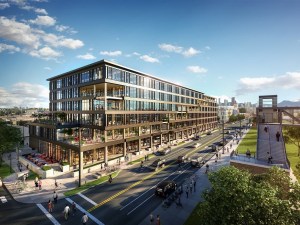
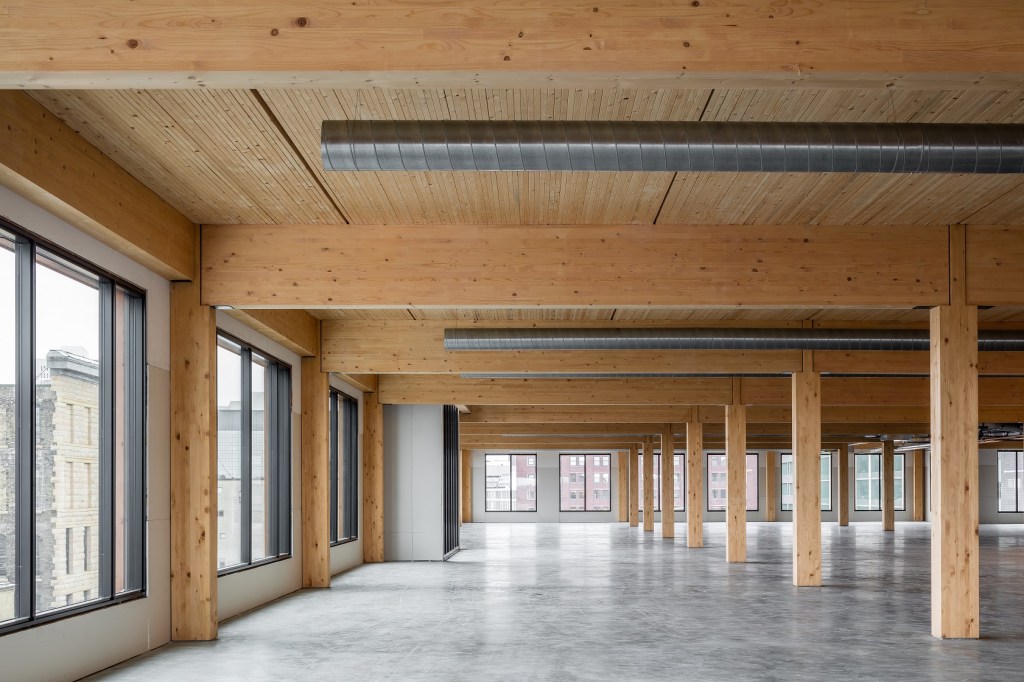

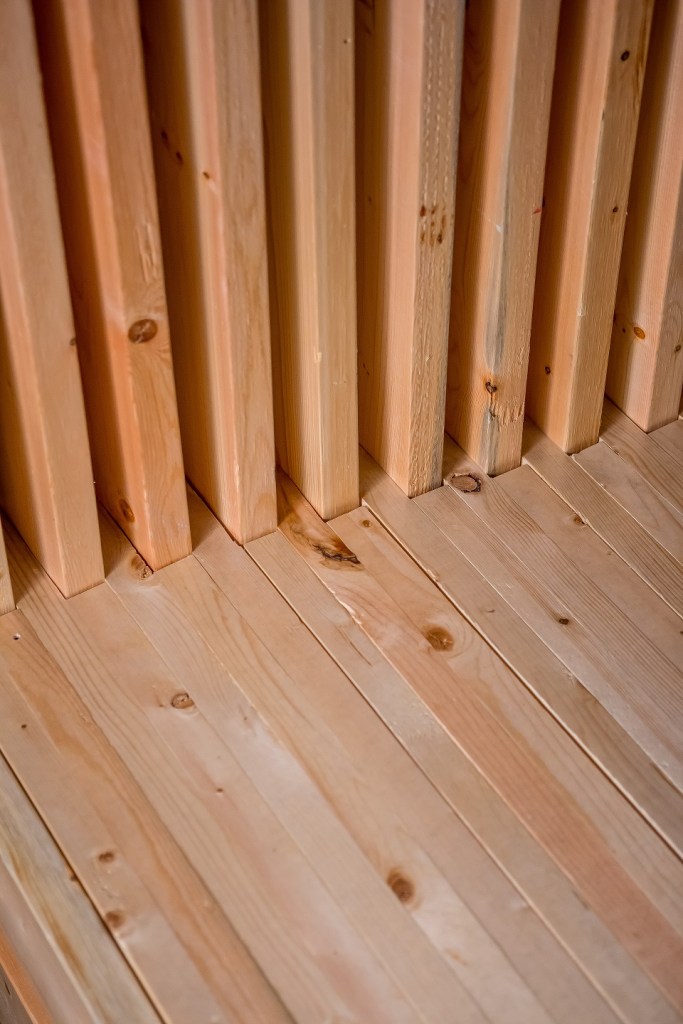
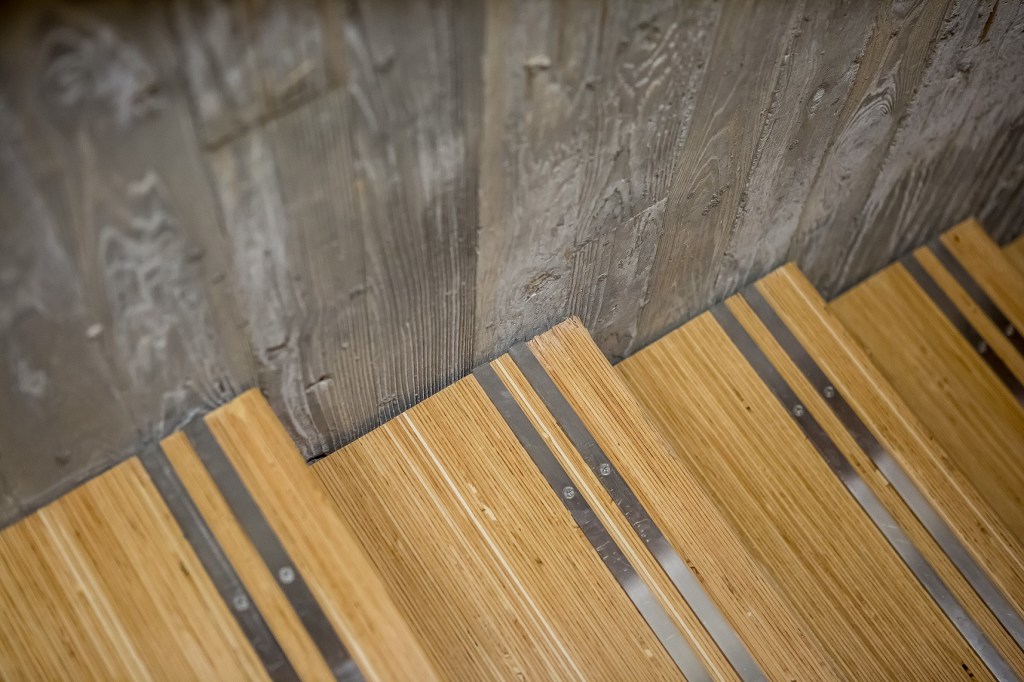
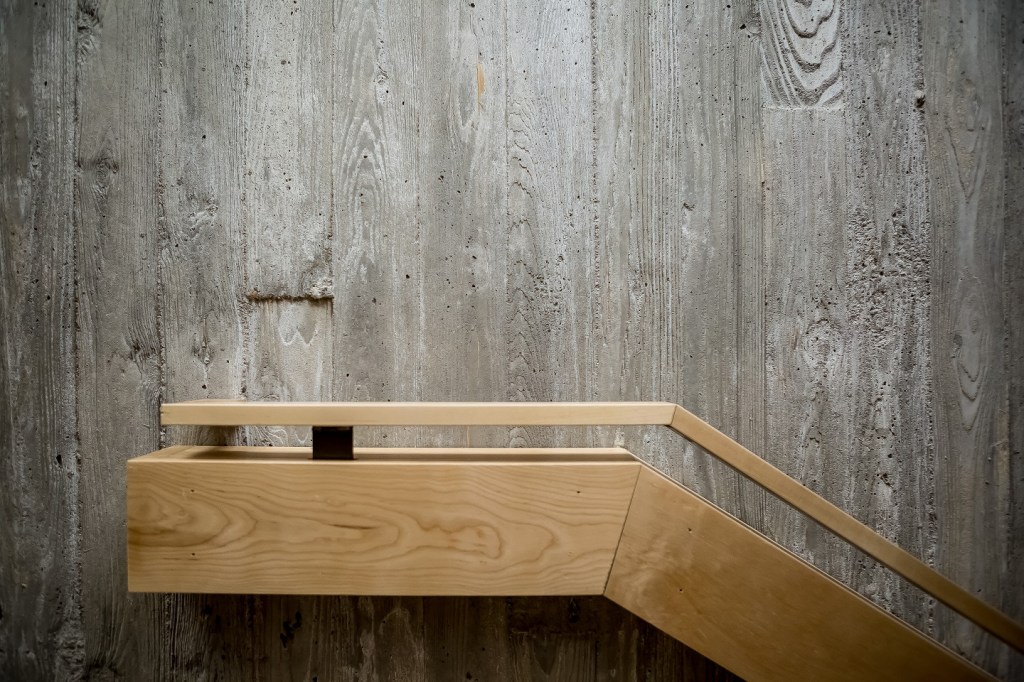
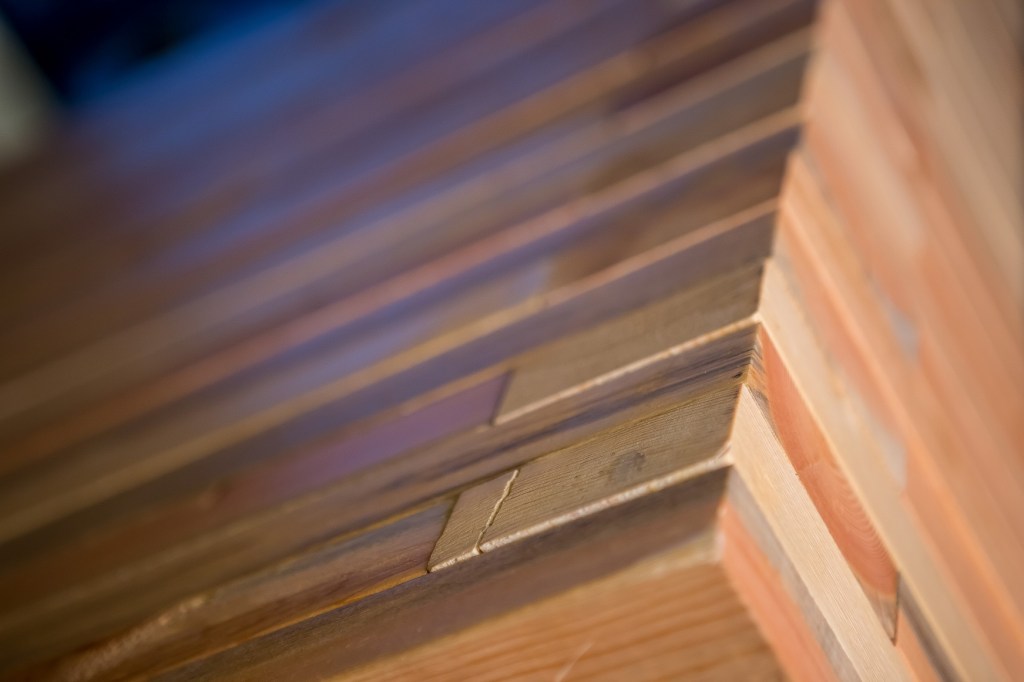
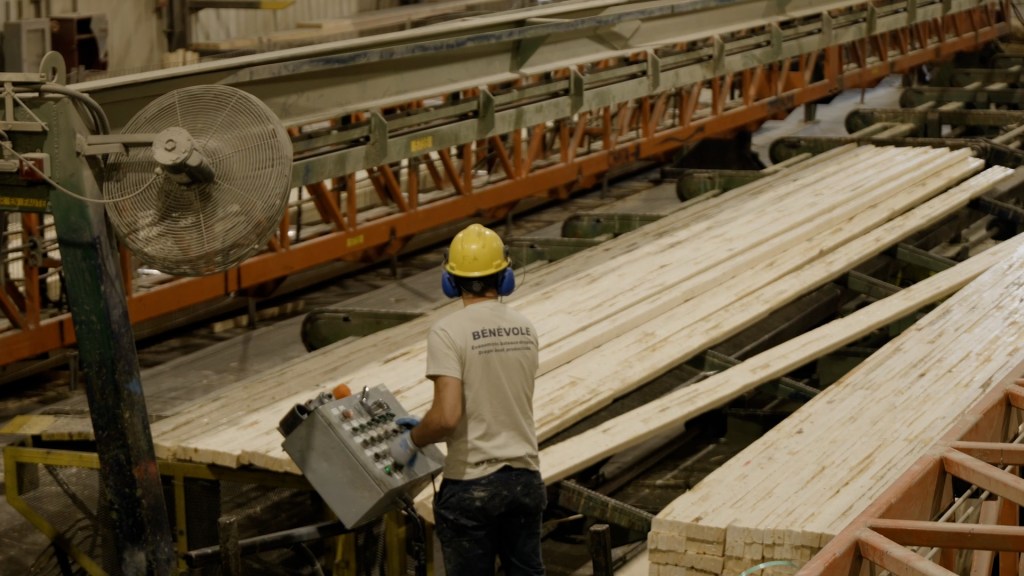
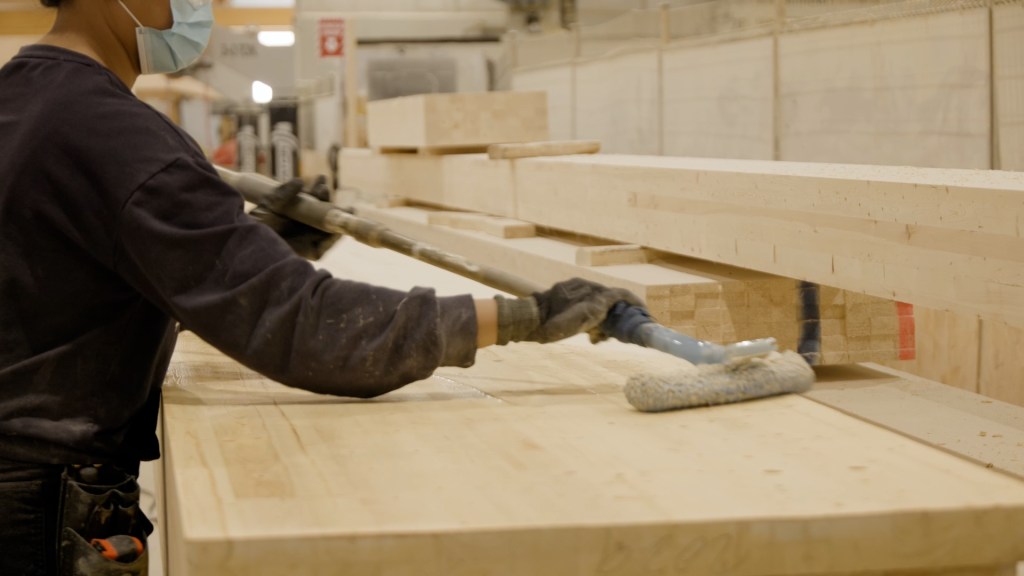
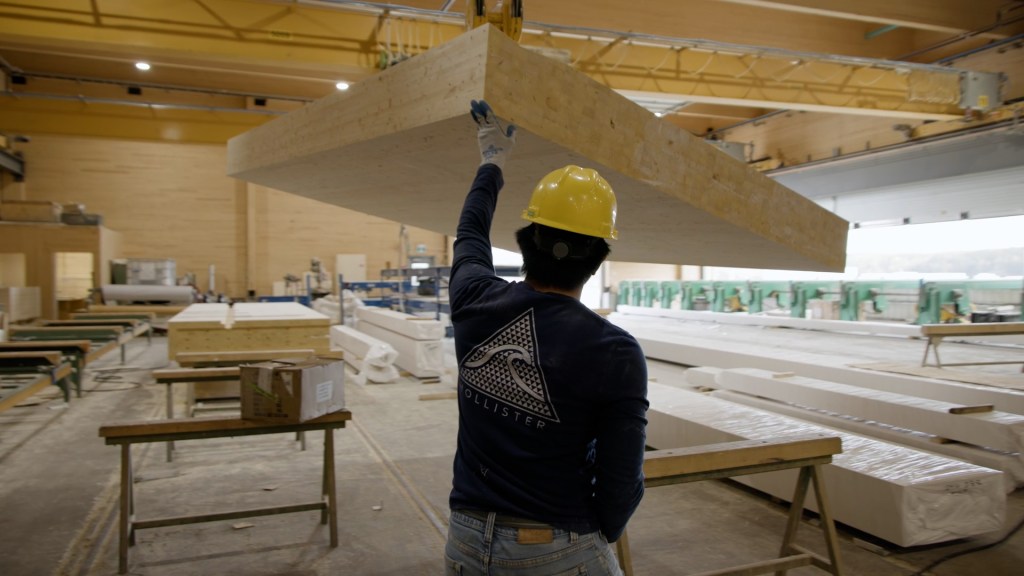
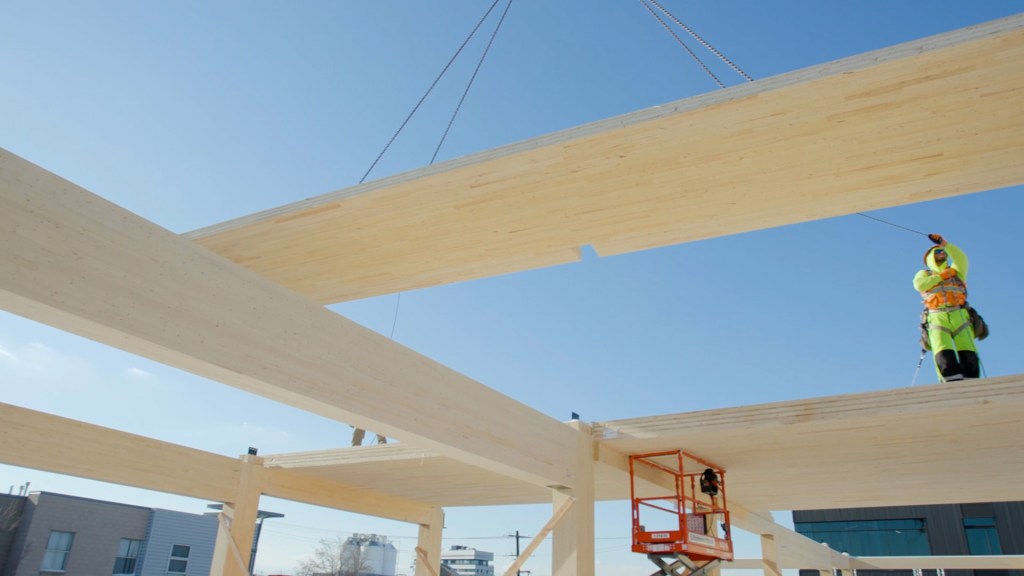
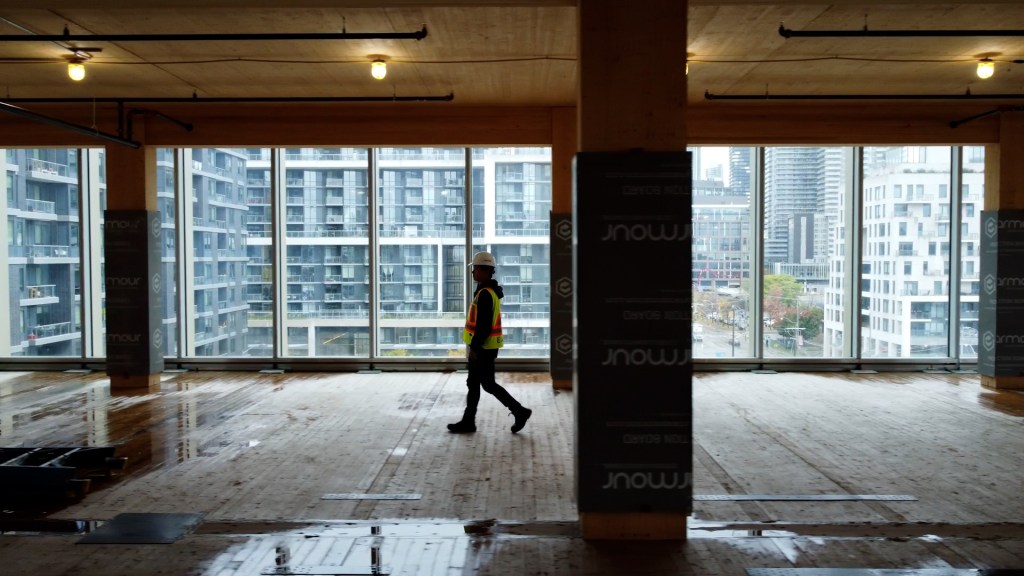
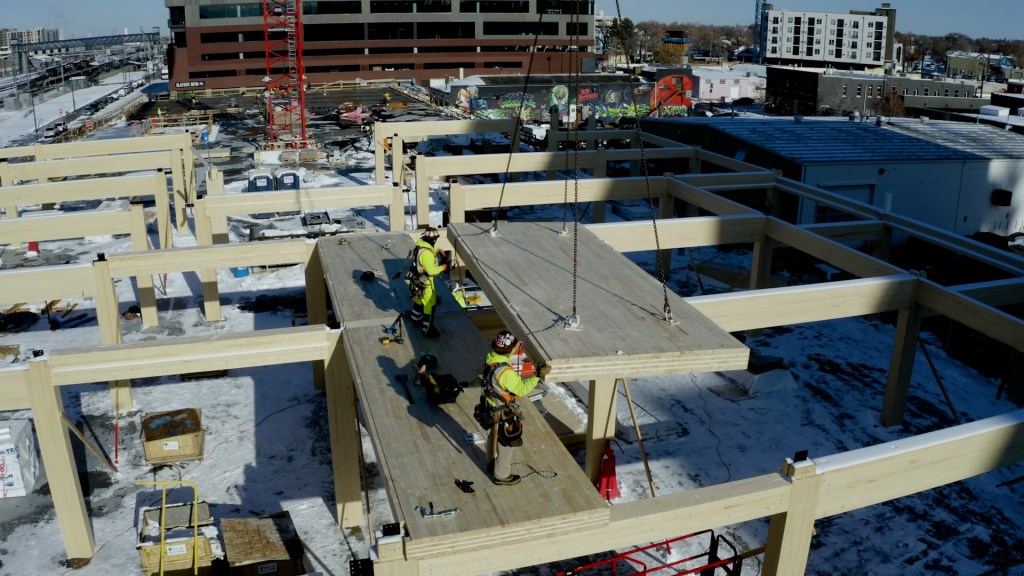

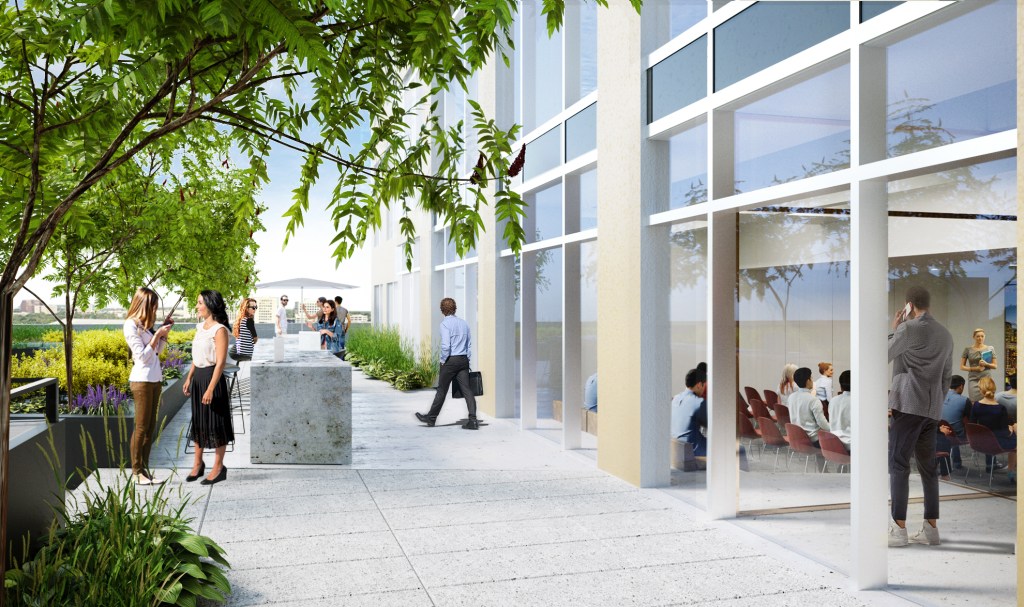
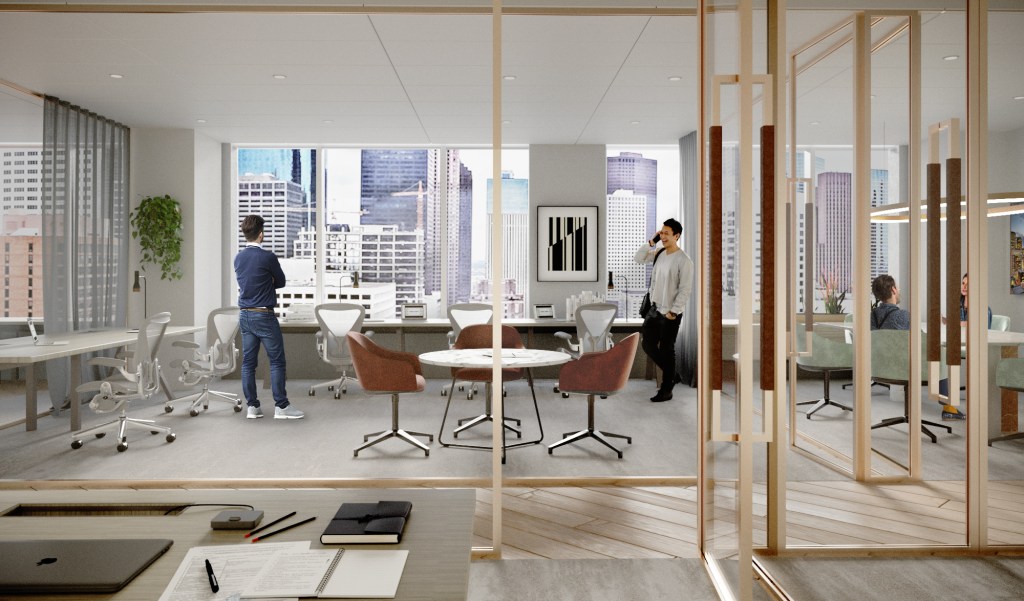
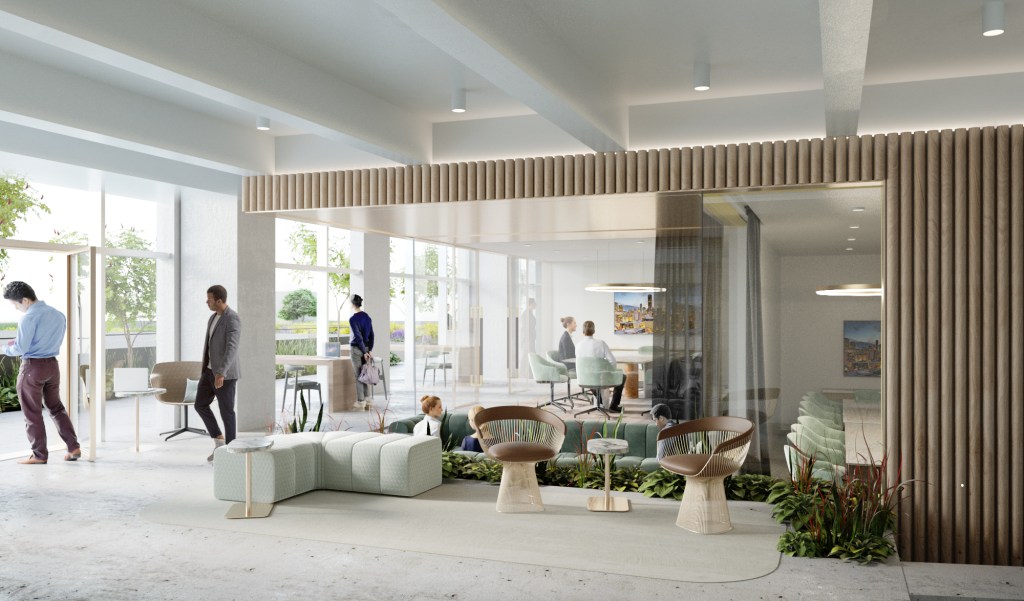


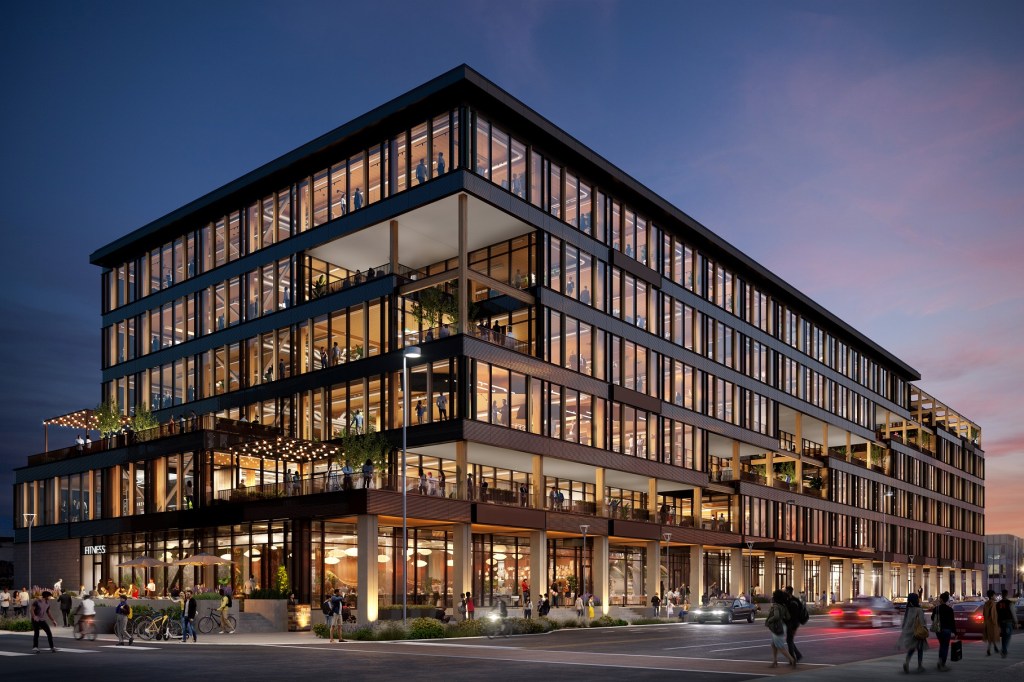
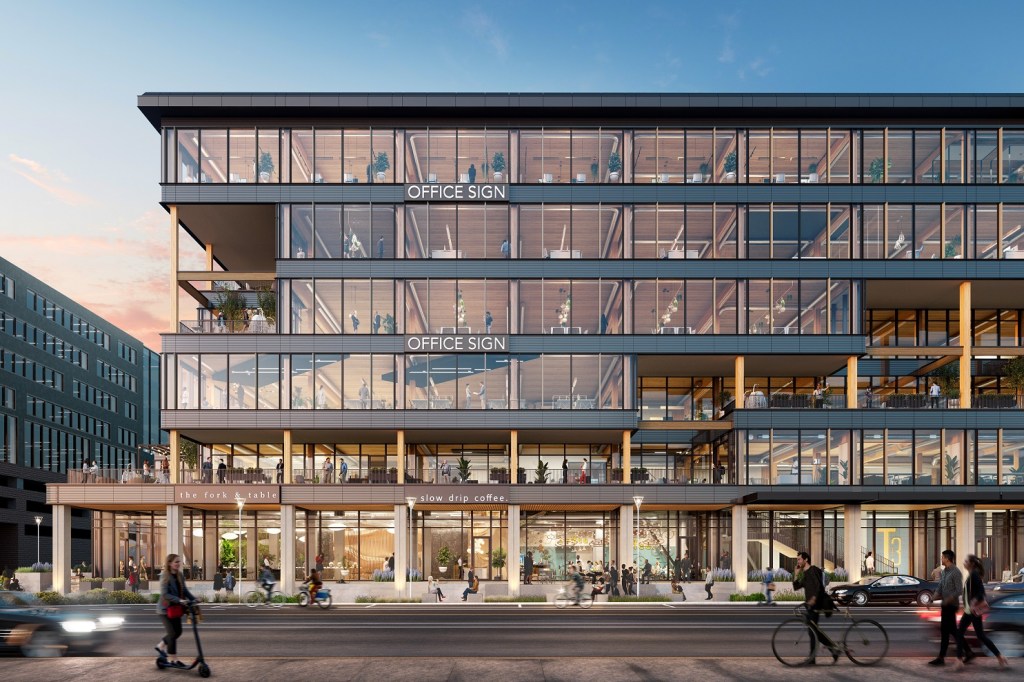
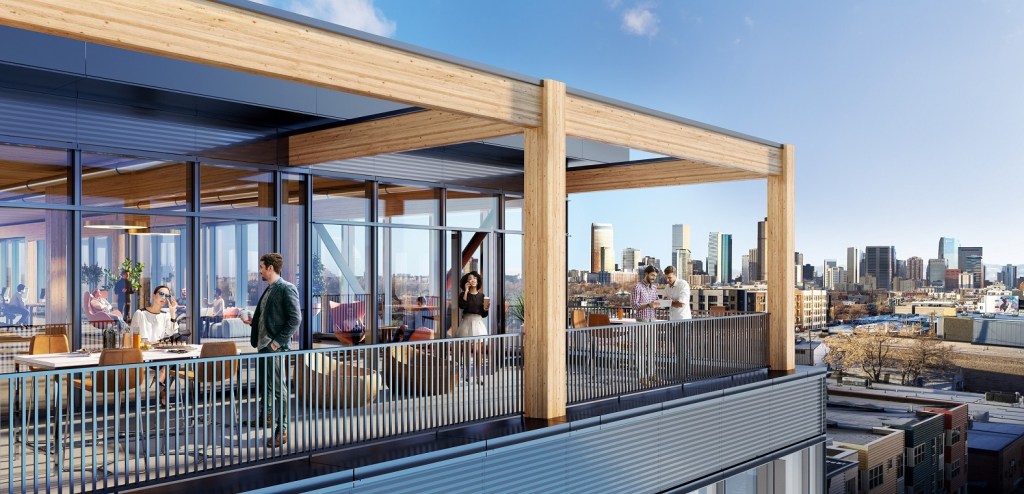
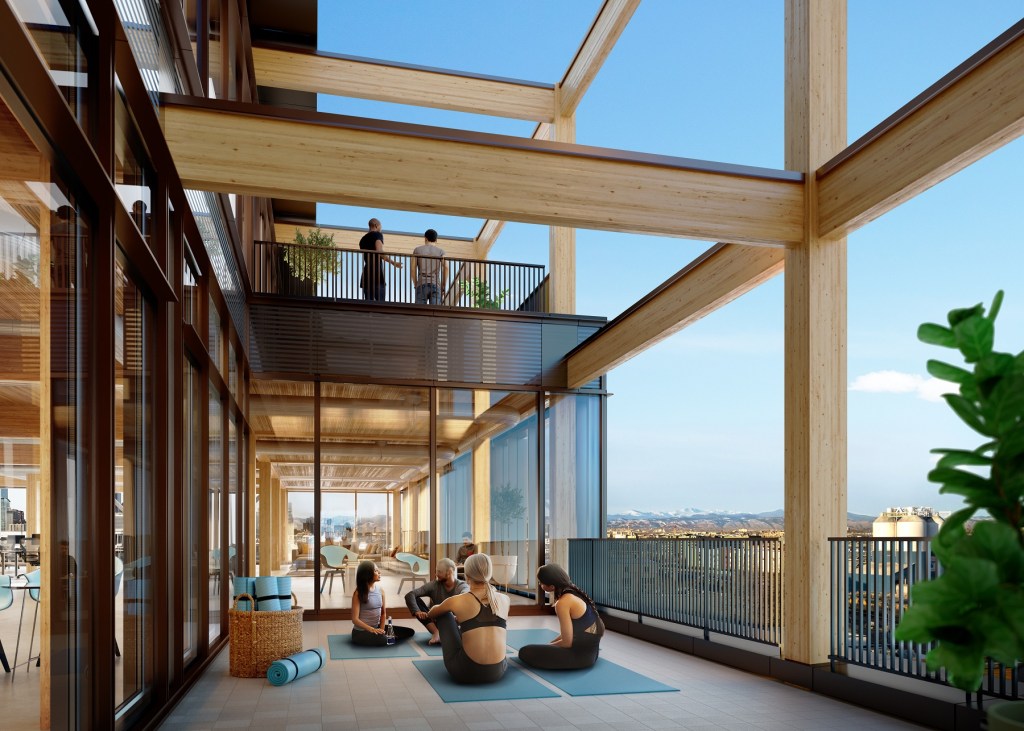
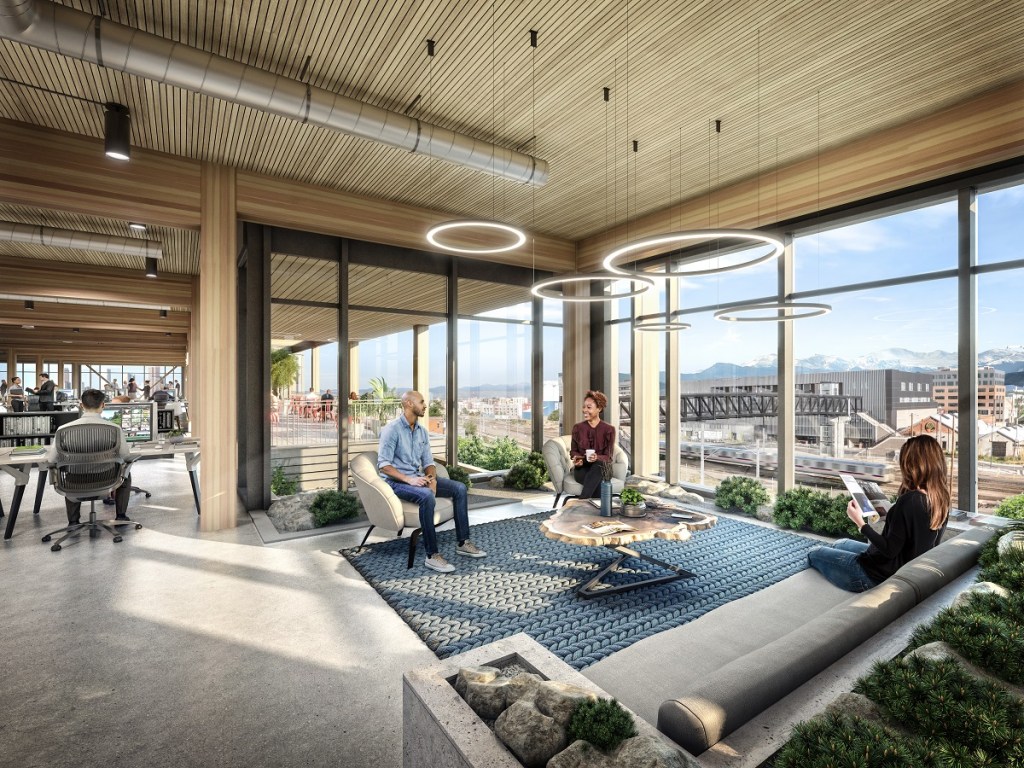
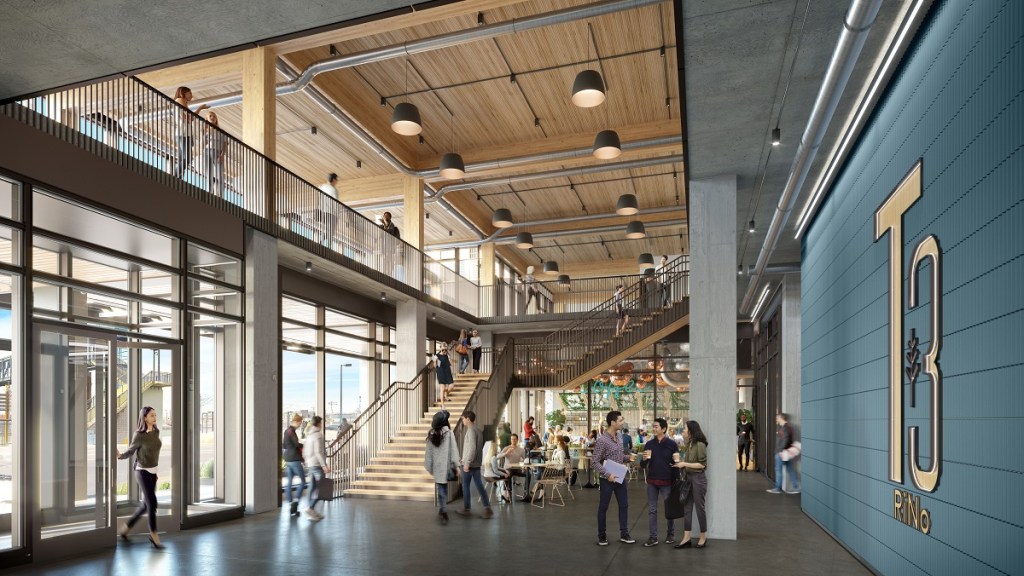
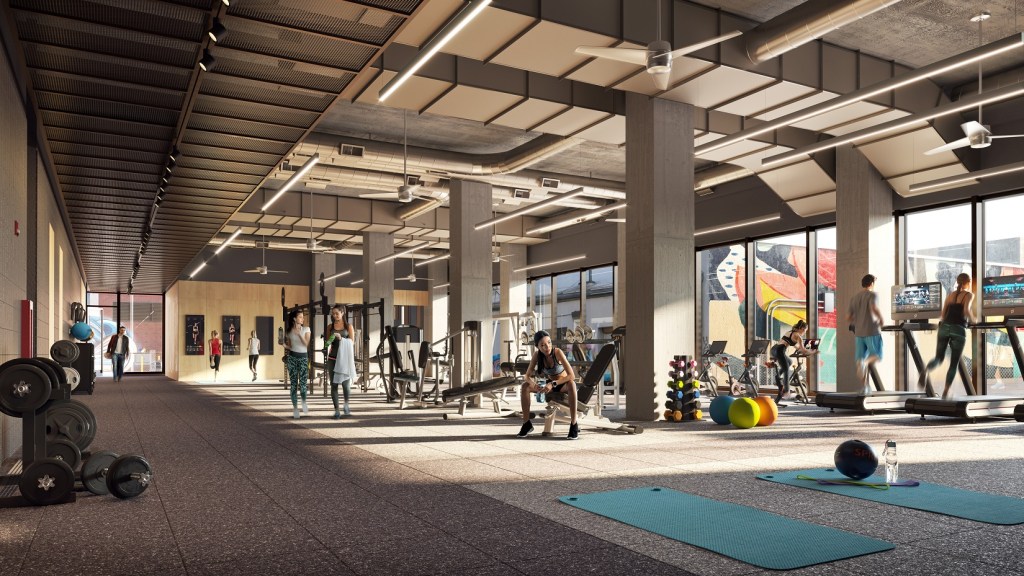
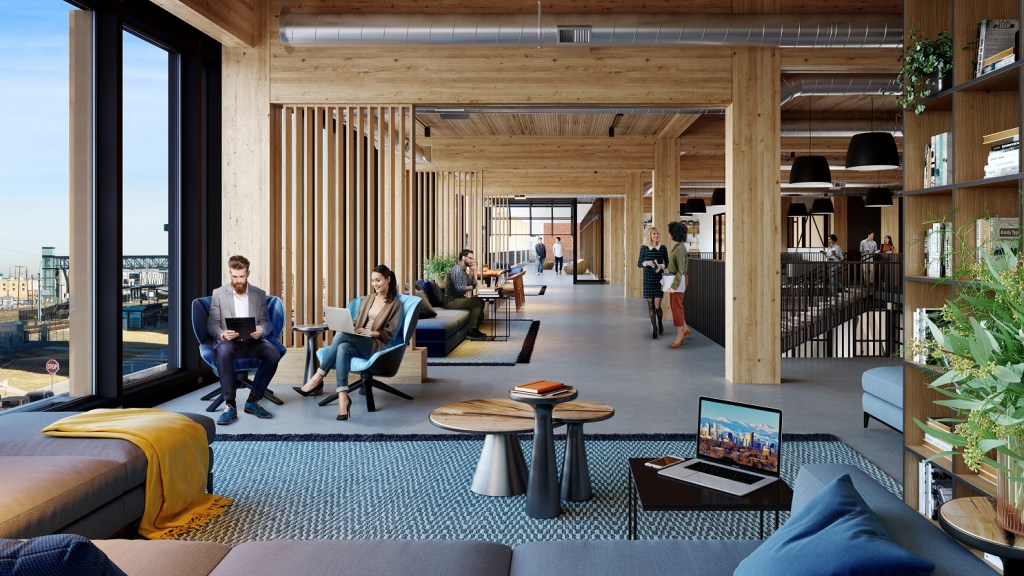
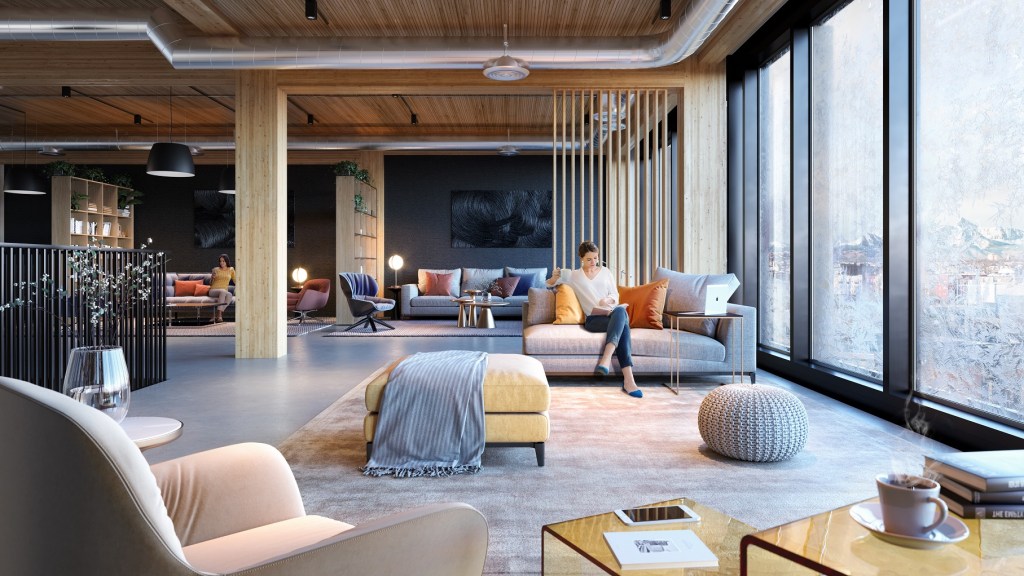
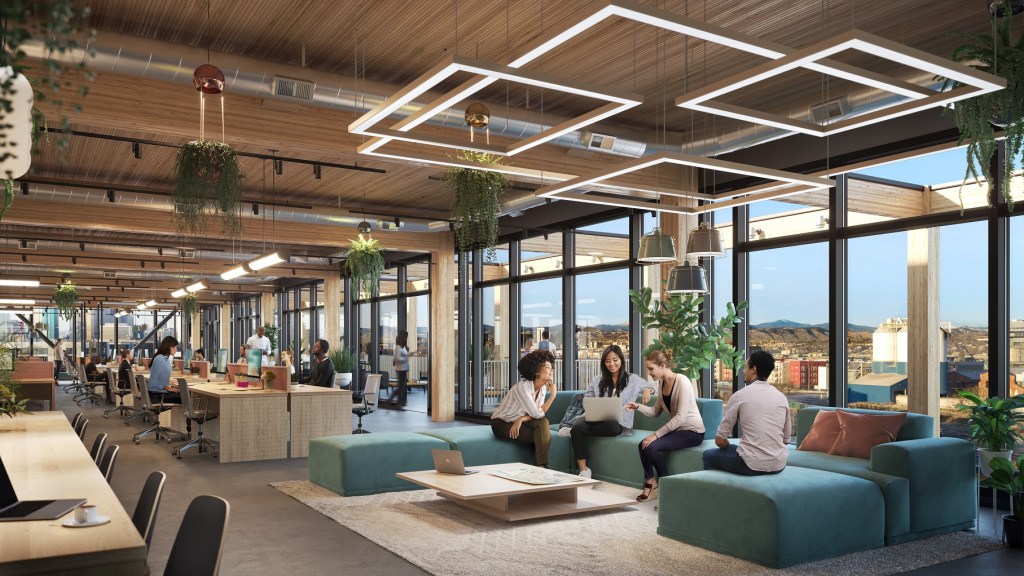






You must be logged in to post a comment.